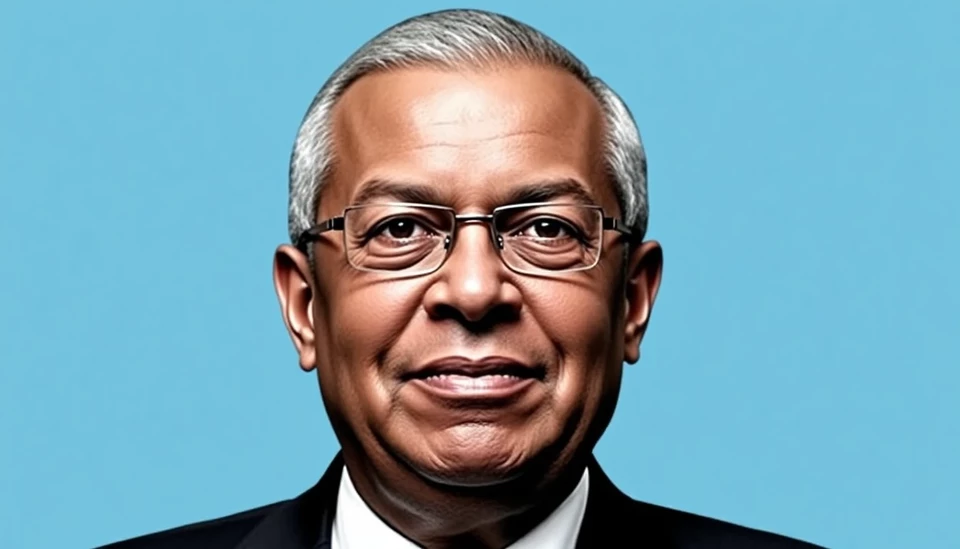
In a rare move, several top central bankers have voiced their support for boosting gold reserves, signaling a potential shift in monetary policy amidst growing concerns over economic instability. This unusual commentary comes as financial markets grapple with inflationary pressures and geopolitical tensions, prompting policymakers to reconsider their asset allocations.
The backdrop of these statements is a tumultuous economic landscape marked by rising inflation rates and the specter of recession. Many nations are feeling the pinch of increasing costs, and central banks are under pressure to maintain stability while ensuring sustainable growth. The idea that central banks should hold more gold is not only a reflection of these realities but also an acknowledgment of gold's historical role as a safe haven during turbulent times.
Prominent figures in the central banking community have highlighted gold’s intrinsic value as a protective measure against currency devaluation and financial instability. Their comments underscore a broader trend wherein asset diversification is becoming a strategic priority for maintaining economic resilience. The imbalance in global financial systems, exacerbated by extensive quantitative easing measures and high levels of national debt, has led to calls for a reevaluation of traditional reserve strategies.
As financial markets react to potential interest rate hikes and the uncertain road ahead, central bankers believe that increasing gold holdings could hedge against unpredictable market fluctuations. The discussions surrounding these ideas indicate a more proactive approach to monetary policy, emphasizing the importance of safeguarding national reserves through tangible assets like gold.
Moreover, recent trends show that central banks globally are already increasing their gold purchases. Countries that have historically been cautious about integrating gold into their reserves are now exploring the potential benefits that gold can offer in terms of stabilizing currencies and mitigating financial risks.
The call for larger gold stashes aligns with the actions of some central banks that have been stocking up on gold in recent years. This gold rush reflects an understanding that traditional asset classes may not provide the same level of security as before, especially in an environment characterized by erratic market behavior and shifting economic fundamentals.
Moving forward, it will be essential to monitor the responses from various central banks as they discuss these ideas further. Financial analysts will be keenly observing new policies and the potential ripple effects on global economies. An increase in gold reserves could reshape expectations in both commodities and currency markets, influencing everything from investment strategies to global trade dynamics.
In conclusion, the growing inclination among central bankers toward increasing their gold reserves signals a significant shift in monetary policy thinking. As economic uncertainties prevail, the focus on gold as a stabilizing asset is likely to gain momentum, making it a critical topic in discussions about future financial strategies.
#CentralBanking #GoldReserves #EconomicStability #FinancialMarkets #MonetaryPolicy #GoldRush
Author: Daniel Foster




